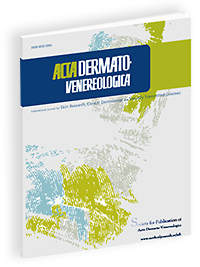- Arnald Alonso,
- Antonio Julià,
- Maria Vinaixa,
- Eugeni Domènech,
- Antonio Fernández-Nebro,
- Juan D. Cañete,
- Carlos Ferrándiz,
- Jesús Tornero,
- Javier P. Gisbert,
- Pilar Nos,
- Ana Gutiérrez Casbas,
- Lluís Puig,
- Isidoro González-Álvaro,
- José A. Pinto-Tasende,
- Ricardo Blanco,
- Miguel A. Rodríguez,
- Antoni Beltran,
- Xavier Correig,
- Sara Marsal and
- for the IMID Consortium
Abstract
Background
Immune-mediated inflammatory diseases (IMIDs) are a group of complex and prevalent diseases where disease diagnostic and activity monitoring is highly challenging. The determination of the metabolite profiles of biological samples is becoming a powerful approach to identify new biomarkers of clinical utility. In order to identify new metabolite biomarkers of diagnosis and disease activity, we have performed the first large-scale profiling of the urine metabolome of the six most prevalent IMIDs: rheumatoid arthritis, psoriatic arthritis, psoriasis, systemic lupus erythematosus, Crohn’s disease, and ulcerative colitis.


